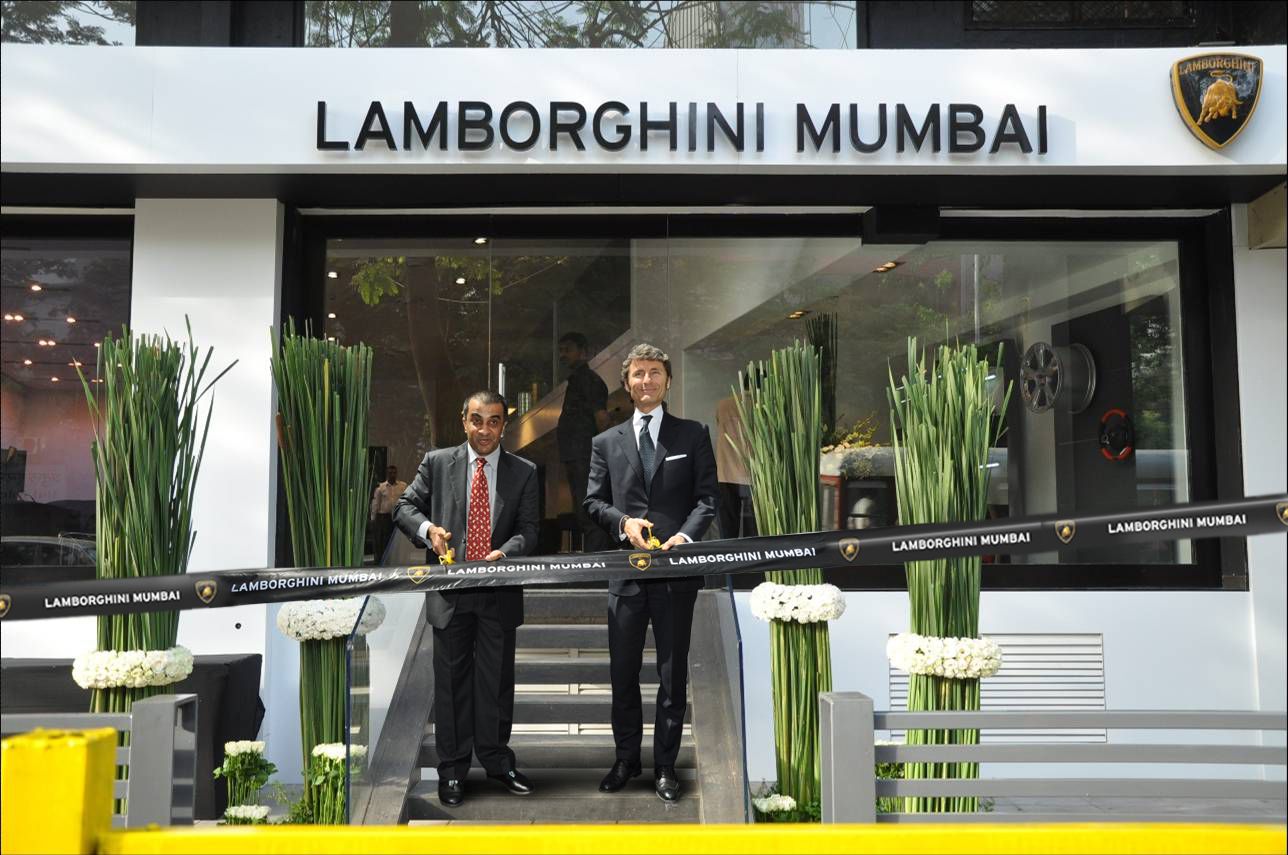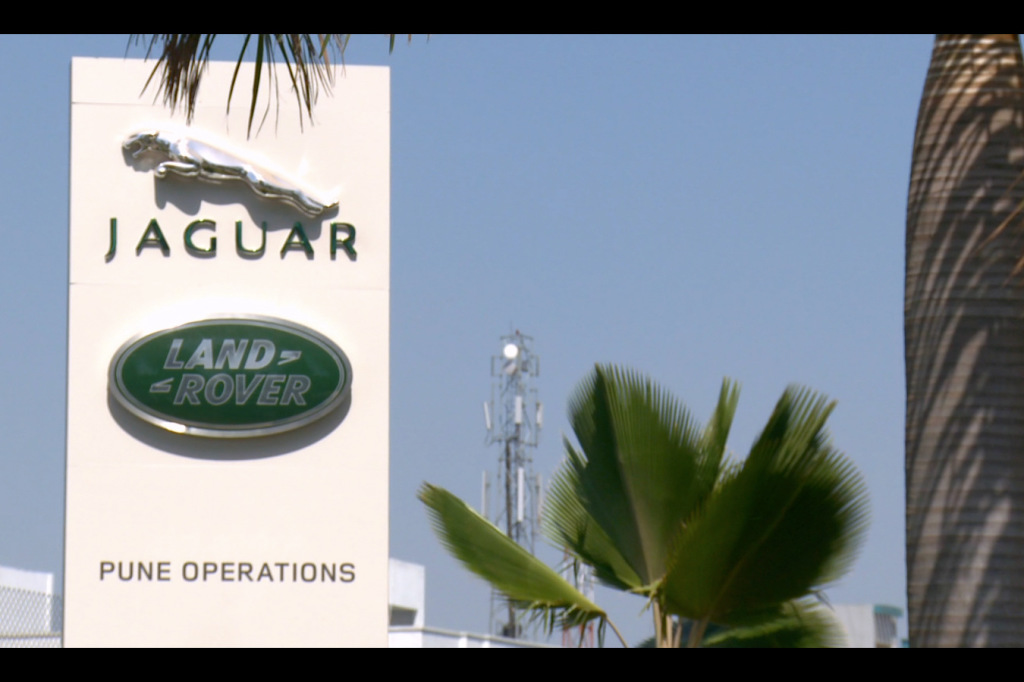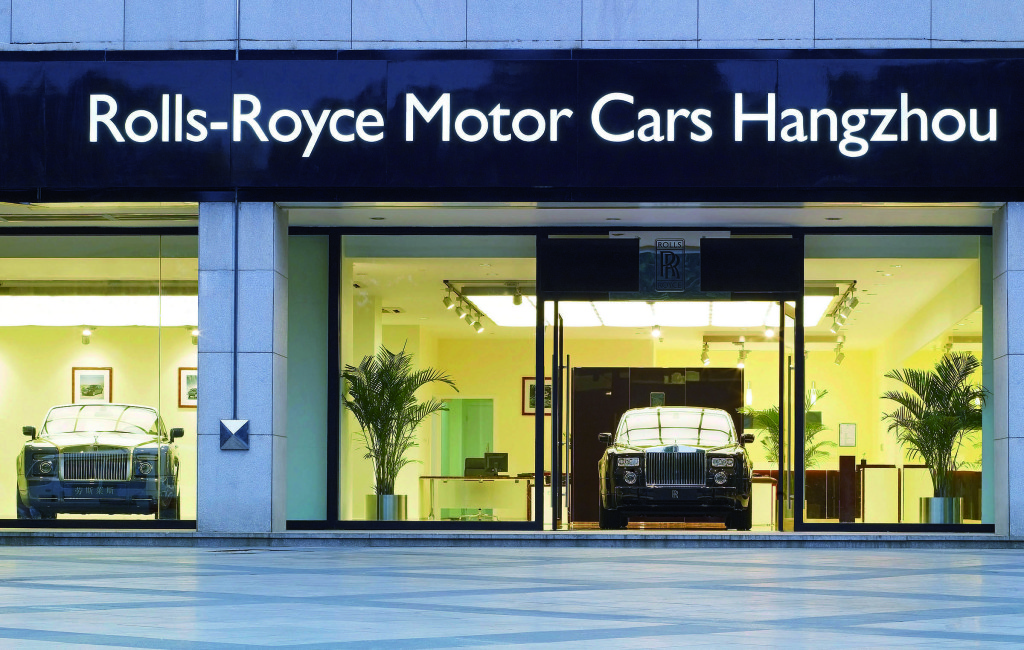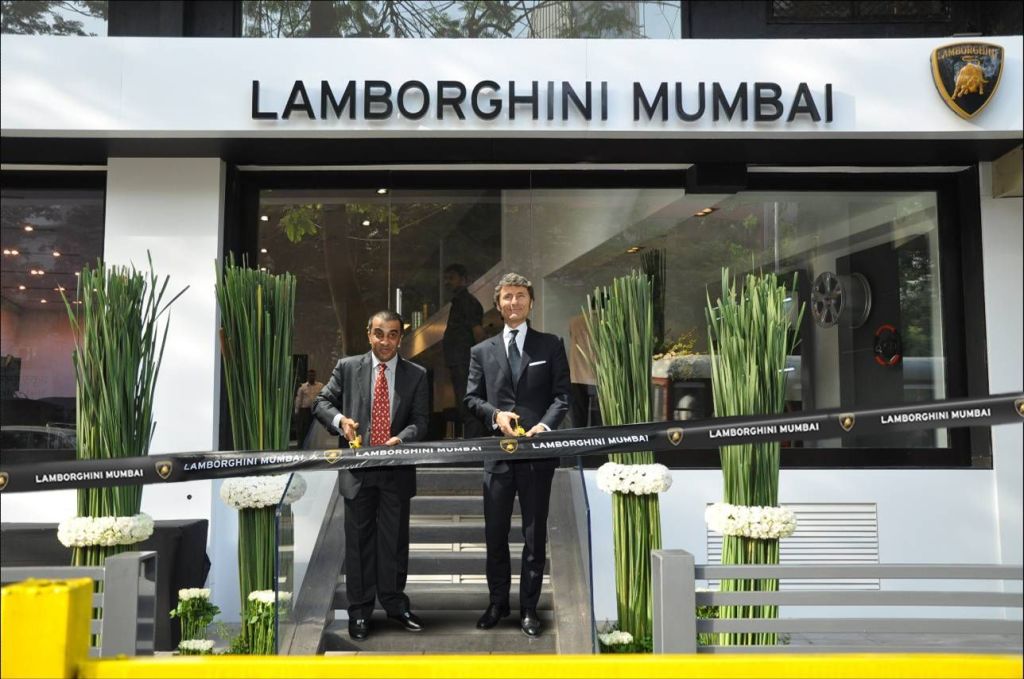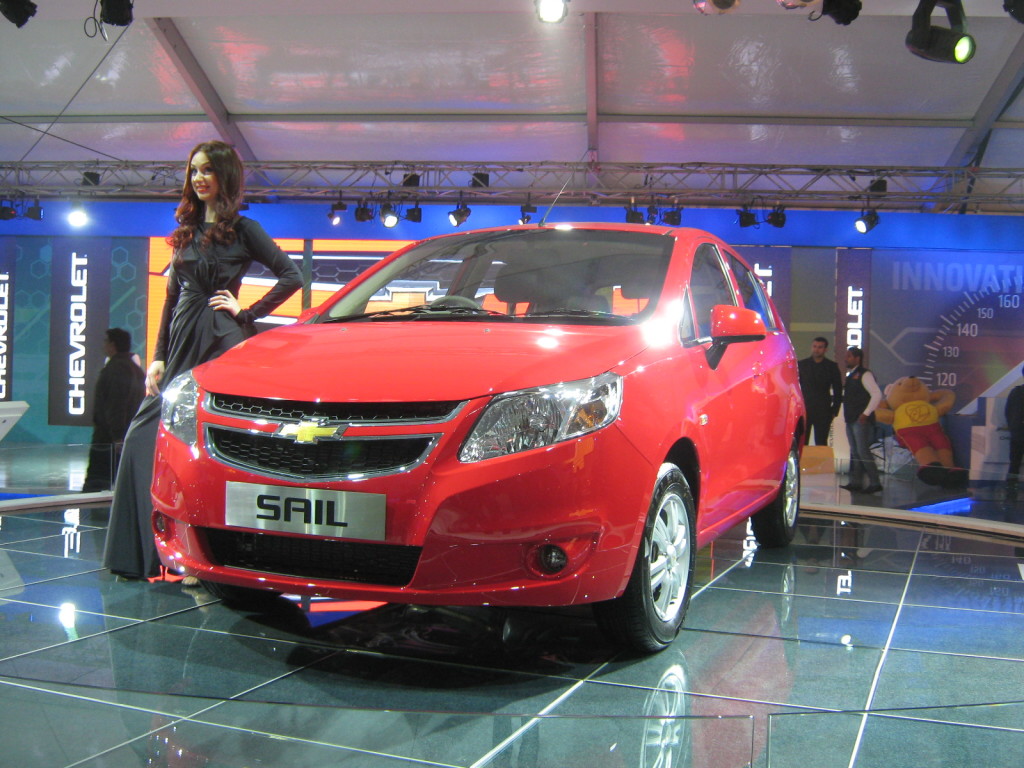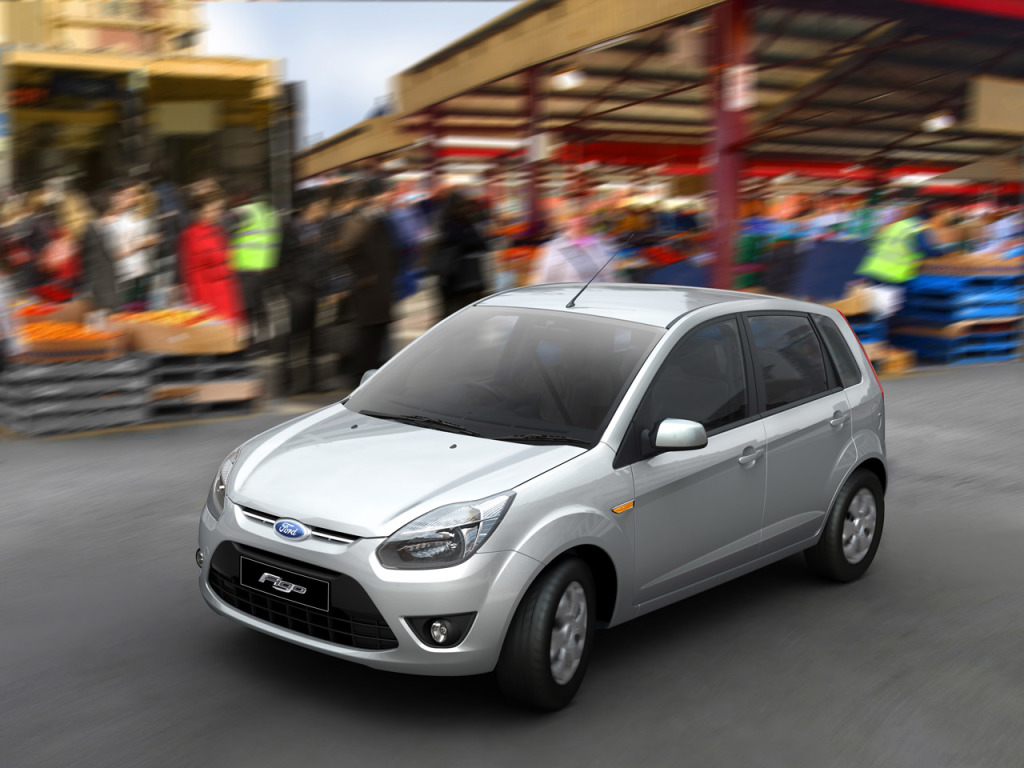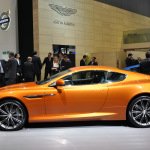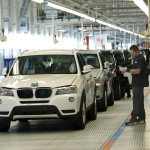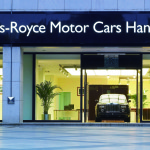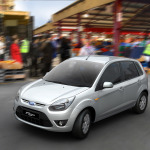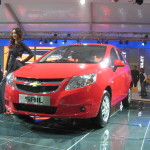As famed musician Bob Dylan said in 64′, “The times they are a changin'”. This statement still holds pretty true today. In the magical world of 2012, it seems near all the things we took for granted 20 years ago have gone the way of the dinosaurs and a whole new world is emerging. Among the largest of these changes is the effects of the global economic crisis. There is not a corner of this vast world that has not been effected by the ravaging force of this global calamity. Surely you heard the President and his aggressive opponent speak exhaustively on the topic of the government bailouts of Detroit. Still, we all know that when someone is losing money, someone is still gaining. With the falling dollar and the impending collapse of the Eurozone, you are left asking, who is still making money ? The answer to that questions, more often than not, is Pac-Asia and South America. As with time and tide, the world economy waits for no one. If India, China and Brazil is where the money is, then that is where the car companies are now pointing their attention.
Ready, Willing and Able
Ready, willing and able. This has been the mantra of management and marketing for over 70 years. If you can find a market that has all three factors, then you can sell them anything. This is the case, the product is foreign cars, especially luxury cars. With the quickly growing middle class, and the much larger population numbers, these developing nations have been seen as a gold mine for automakers. Take India for example; the city of Chennai alone serves as home operations for Ford, Hyundai, Renault, Mitsubishi, Nissan, BMW, Daimler and Peugeot Citroen, not to mention at least 3 local brands. This has earned it the ironic nick-name of “New Detroit”. Outside of this area, you can also find Mercedes, GM, VW, Audi and Skoda. The country as a whole produced nearly 3.1 million vehicles in 2011 and 2.9 million of them were passenger vehicles. This is to say nothing of the “2 wheelers”, of which almost 13 million were produced. Shockingly there numbers are just the body blows, the knock out punch is that only 450,000 of the 2.9 million were exported. That is almost 2.5 million cars that were intended for domestic sale and use.
As a whole these numbers paint an interesting picture. In this new global economy, companies don’t make bad financial decisions. There is very little room for risk of any kind. With that said, it becomes quite evident that companies deem it not only a prudent investment or experiment but a 21st century necessity to produce cars for this quickly growing market. These numbers are proportionately quite similar, if not slightly more astounding, in China as well. The will of the people to purchase new vehicles is so great in fact that it has had a strong effect on local policy. Representatives in the worlds largest democracy, India, have begun to site that they were having trouble getting elected into office without the promise of infrastructure growth and maintenance. The city of Mumbai has been in the top ten in the world for percent of budget spent on municipal projects related to transportation infrastructure in the last decade. Being the Hollywood in India, there have always been a small population of ultra high end car owners. This growth is not about them, it is about the fact that the every day upper level white collar worker can reasonably consider an E class or 335i as his daily driver.
It Always Comes Down To Distribution
Demand is great, but alone it means very little. A man in the desert has a demand for water, but lack availability will usually keep him from getting it. For manufacturers to meet the demand for their new locally produced vehicles they need distribution. In the automotive world we call these magical places: dealerships. Here in America and in most places around the world, auto manufacturers have a complex distribution network of dealerships and service centers. Obviously this has not been the case in many of these nations that we have been speaking about. No longer is this an issue. Let’s take a look at China. As of 2009, this is the largest market in the world for new cars, at a staggering 18 million a year and climbing. Of this, 63% of the passenger vehicles sold have been from foreign companies like Ford or VW. Rolls Royce has labeled China its Largest Consumer Market since 2009. Despite the foreign car companies pushing into China for the last 2 decades now, the 171 small domestic car brands have survived along side due to the inner country wanted cheaper local alternatives. Now, as the growing market is spreading money across the middle of the economic scale, the desire for foreign cars into the mainland is growing in leaps and bounds. Dealerships across the country have spread at an alarming rate. This is despite the fact the exorbitant delivery fees and waiting list fees. Car dealerships in China lead the world in profit margin, crossing almost 10%. The story is very similar in India and Brazil.
India has had a large expansion of of dealerships as well. They have also seen the development of service centers by the manufactures across the nation. This is especially important for the more high end dealerships that have opened the doors on the sub-continent. BMW’s dealership and service network alone will employ almost 1200 sales specialists and technicians, this is not including the people employed by the factory itself. They are not the only one, the “double R’s” have recently opened a dealership in their 4th city, along with 2 service centers. Ferrari, Lamborghini and Aston Martin have followed suit as well. By 2009, it was estimated that these 5 brands, and a couple other luxury car makers, accounts for $745 million in sales in the subcontinent (Bloomberg) and that number will increase by over 30% in the next 5 years.
Bespoke Tailoring
When established brands enter a new market, they always have to consider two things. The first is how to maintain everything about the brand, and its image, to retain the interest that brought them there in the first place. The second factor, is knowing how much of their brand to adapt to its new environment. A fish out of water will only breath for so long. The major auto makers have known this for quite a few years. Despite this, it has always been economical to create cars for the US and European markets and at best retrofit them for Asian and South American sales. Since we were the ones buying all the cars, it made sense to cater to our needs. The successes of these rising stars have changed who the auto gods are shining on. More and more we see companies creating vehicles custom designed for these slightly rougher markets.
GM went to market with their sub compact, the Sail early last month. Designed in conjunction with their Chinese partner SAIC, this car is designed with Asia in mind. “What (SAIC) bring to us is more of a regional focus and more of an emerging market focus,” GM India’s Lowell Paddock said. “Sail is in some ways perhaps the first vehicle designed with primarily Asian customer requirements.” These comments were made at a press conference he held at a factory in western India. GM and SAIC are planing on the launch of a passenger van in India by year’s end. Toyota has been playing in the same arena as well. They produce not one but two India specific models that are sold along side their usual suspects. Ford has not only created and fully produced the Figo in India but is not exporting it to other emerging Pac-Asian markets. Nissan has their first concept vehicle design specifically for the Brazilian market. Its unveiling at the Sao Paulo Motor Show underscores Nissan’s commitment to Brazil. The country is one of the largest new car markets in the world and one in which Nissan enjoys significant sales growth. The company claimed almost two per cent of the 2011 market, doubling its 2010 sales, and aims to account for five per cent of new car sales in Brazil by 2016.
How About Me ?
If the thought has not already crossed your mind, you should be thinking, “will automaker’s forget about me (The American and European consumer)” ? The answer to that requires a crystal ball. For now our consumeristic addiction seems to be shielding us. While automakers are starting to see value in this emerging markets, they can not afford to forget about the one that has an already establish wealth system. This question really is about what the landscape of the automotive world will look like in 20 years. Will decaying American streets be flooded by cars that were really designed for the streets of Mumbai or Rio or Beijing ? That seems doubtful. It seems the world is simply balancing itself it. The interesting upside to all this, is the technology boost. This cars designed for India or China usually have certain things in common. They are usually small, very fuel efficient cars that specialize in the low cost, high value idea. This is ideal for the highly congested urban jungles of Asia and South America. While American cities may seem a bit rosier, anyone who has ever been stuck in rush hour on the L.I.E or the 405 knows that its not a very different scene here. The technologies developed for Asia may be just what the customer ordered in the US pretty soon. Even if European economies manage to emerge again, it will be a slow build up again. Price point will make a large factor in the decision of auto buyers in the next two decades. As it has been in emerging nations for the last 50 years. Much like food, always count on the poor people to make the best meals. They know how to stretch a little into quite a bit.

